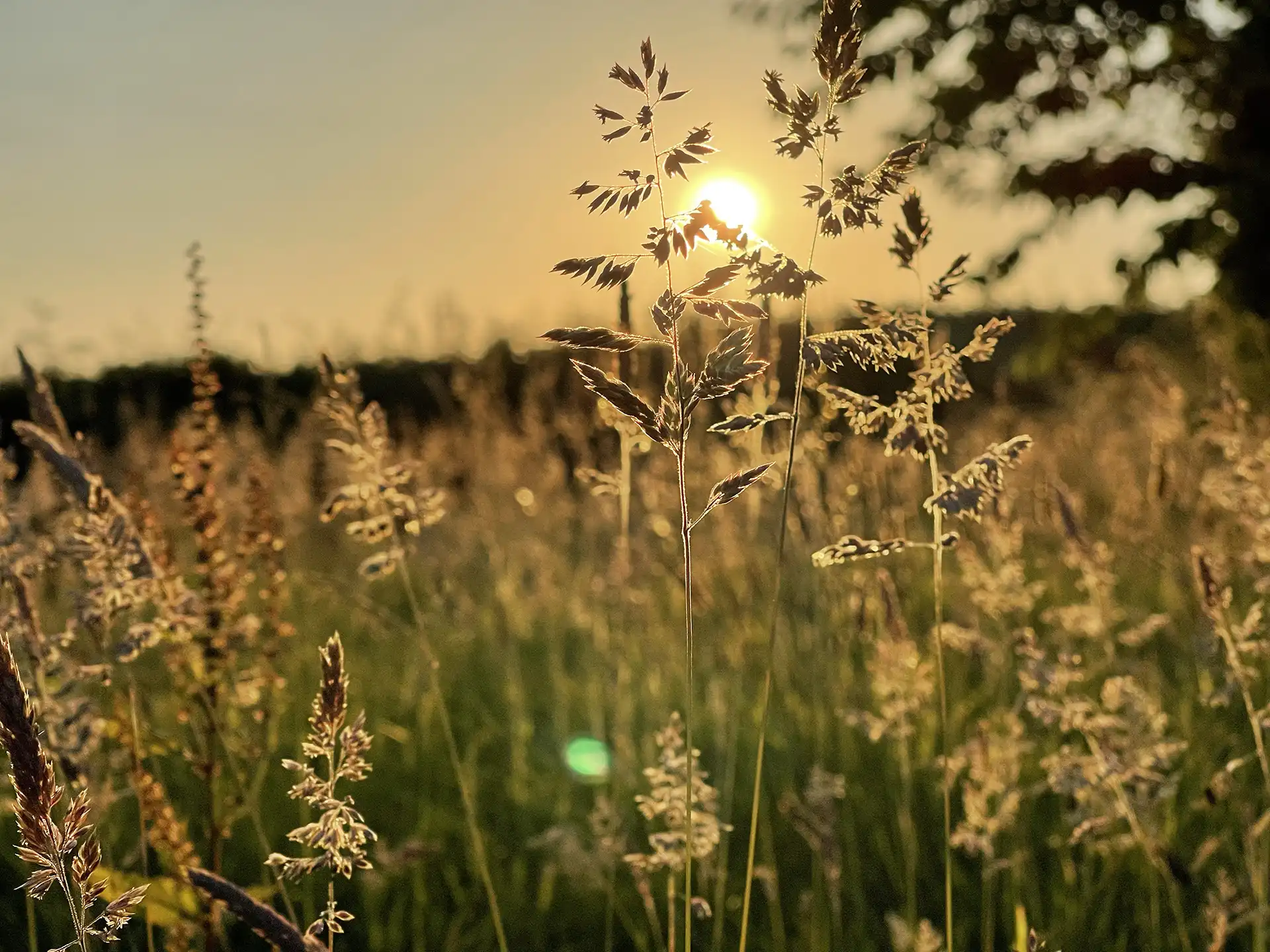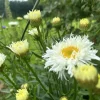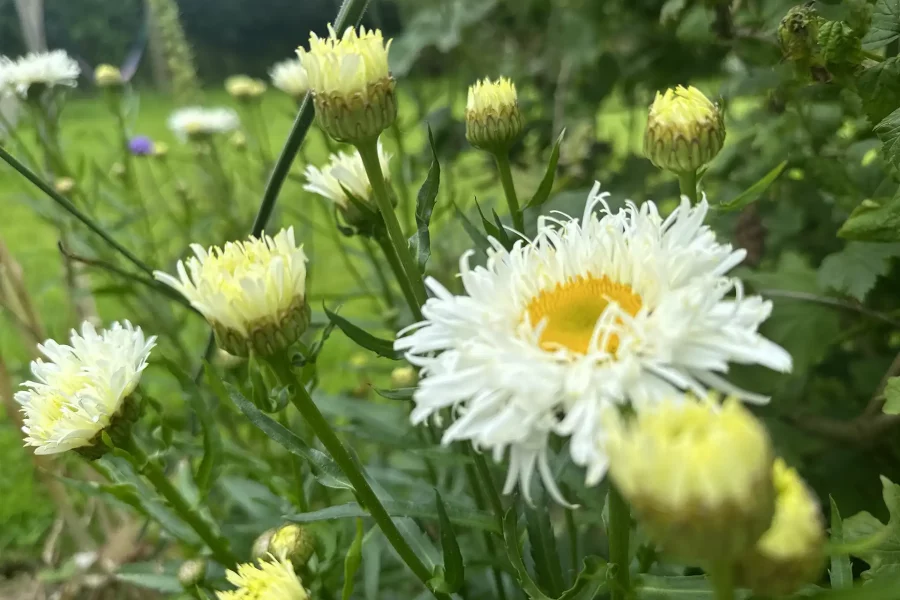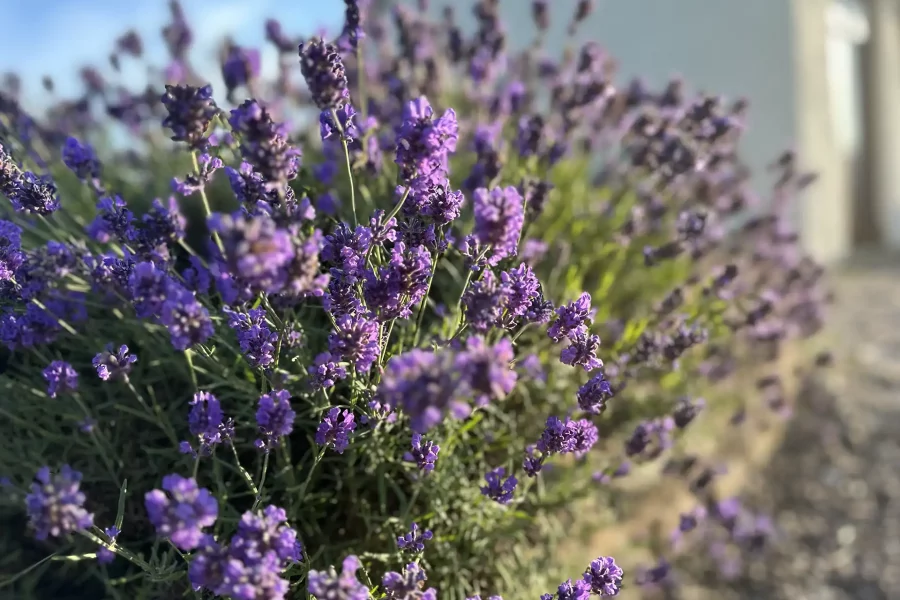Embracing a Sustainable Ethos in Flower Farming: Enhancing Ecosystems and Encouraging Wildlife
The art and industry of flower farming have traditionally been admired for their beauty and contribution to our cultural practices. However, the environmental impact of conventional flower farming has come under scrutiny, prompting a shift towards more sustainable practices. Sustainable flower farming is an ethos that prioritises improving the environment rather than degrading it, fostering ecosystems, and encouraging wildlife. This approach not only benefits the planet but also enhances the quality and longevity of the flowers produced.
The Environmental Impact of Traditional Flower Farming
Conventional flower farming often relies heavily on chemical pesticides and fertilisers, excessive water use, and monoculture practices. These methods can lead to soil degradation, water pollution, and loss of biodiversity. The global nature of the flower market also means that flowers are often transported over long distances, contributing to carbon emissions. Recognising these impacts, many farmers and consumers are advocating for a more sustainable approach.
Principles of Sustainable Flower Farming
1. Organic Farming Practices:
Organic flower farming avoids synthetic pesticides and fertilizers, opting instead for natural alternatives. Compost, green manure, and biological pest control methods are employed to maintain soil health and protect plants. This not only reduces pollution but also improves soil fertility and structure, leading to healthier flowers.
2. Water Conservation:
Sustainable flower farms implement efficient irrigation systems such as drip irrigation and rainwater harvesting. These methods minimise water waste and reduce the strain on local water resources. Additionally, selecting native and drought-resistant flower species can further decrease water usage.
3. Biodiversity and Polyculture:
Rather than monocultures, sustainable farms often cultivate a diverse range of plants. Polyculture supports a balanced ecosystem by attracting a variety of pollinators and beneficial insects. This diversity also helps to control pests naturally and reduces the risk of disease outbreaks.
4. Habitat Creation:
Encouraging wildlife is a cornerstone of sustainable flower farming. Growers can create habitats such as hedgerows, ponds, and wildflower meadows to support birds, insects, and other wildlife. These habitats provide food, shelter, and breeding grounds, enhancing biodiversity and ecological resilience.
5. Reduced Carbon Footprint:
Localising flower production can significantly cut down on the carbon emissions associated with transportation. Additionally, adopting renewable energy sources and reducing reliance on fossil fuels in farm operations contribute to a lower carbon footprint.
Benefits of Sustainable Flower Farming
1. Healthier Ecosystems:
By enhancing soil health and fostering biodiversity, sustainable flower growing creates robust ecosystems. Healthy soils sequester more carbon, support diverse plant life, and provide a habitat for a range of organisms, contributing to overall environmental stability.
2. Pollinator Support:
Pollinators like bees, butterflies, and birds play a crucial role in the reproduction of many flowering plants. Sustainable practices ensure that these vital species have a habitat rich in nectar and pollen, helping to sustain their populations and the broader ecosystem.
3. Enhanced Flower Quality:
Flowers grown sustainably often exhibit better resilience to pests and diseases, resulting in higher quality blooms. They also tend to have richer fragrances and more vibrant colours, attributes that are highly valued in the market.
4. Consumer Satisfaction and Awareness:
There is a growing demand for sustainably sourced products. Consumers are increasingly aware of the environmental impacts of their purchases and are willing to support businesses that prioritise sustainability. By adopting eco-friendly practices, flower growers can appeal to this conscientious market segment.
Implementing Sustainable Practices
Transitioning to sustainable flower farming requires commitment and innovation. Growers can begin by conducting soil health assessments and reducing chemical inputs. Engaging with local agricultural extension services and sustainability certification programs can provide valuable guidance and resources. Collaboration with other growers and sharing knowledge on sustainable techniques can also foster a community of practice dedicated to ecological stewardship.
Sustainable flower farming is more than just a trend; it is a necessary evolution towards preserving our planet’s health. By adopting practices that improve rather than degrade the environment, flower farms and cutting garden can play a significant role in enhancing biodiversity, supporting wildlife, and mitigating climate change. This sustainable ethos not only benefits the environment but also leads to higher quality flowers and greater consumer satisfaction. As the movement grows, it holds the promise of transforming the flower farming industry into a beacon of ecological harmony and resilience.





